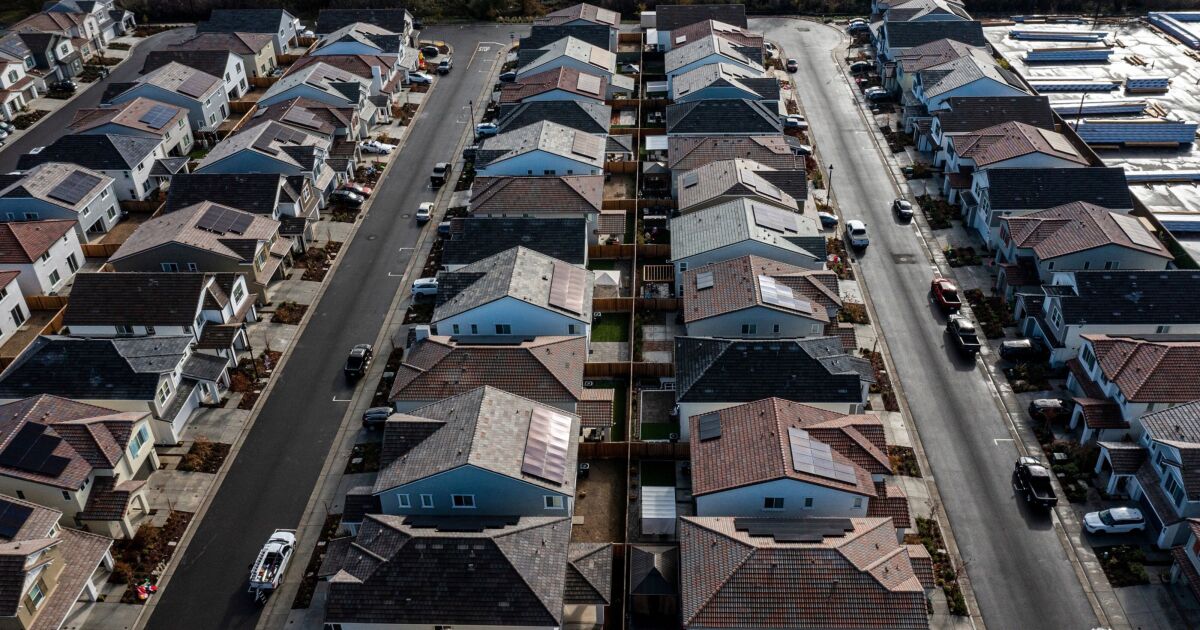
A record amount of middle-income renter households feel
Households of all income levels have seen
However, middle-income renters have experienced the fastest increases in housing expenses over the past two decades, which accelerated during the pandemic. Nationally, one-third of middle-income renters are cost-burdened, the study said.
These programs have become increasingly prevalent in recent years and can be found in a range of
Middle-income programs have not yet been successfully implemented at the federal level. But a growing number of states that had been historically affordable, such as Colorado and
"These programs hold some promise for expanding the supply of affordable housing, especially in places with severe affordability challenges or in difficult-to-develop areas," said the Harvard researchers in their study.
However, they also face backlash from advocates who fear these subsidies will redirect much-needed resources away from lower-income households, the study said.
Middle-income housing programs vary in terms of their funding mechanisms, affordability periods and eligibility requirements. Most of them are also relatively new, having come into existence after the pandemic.
Most of the available programs emphasize new construction. The
The "affordability period" for property owners participating in these programs run the gamut:
Some programs are outliers in their strategies, like
While programs of this type have not yet been successful at the federal level, a middle-income housing tax credit has become a perennial policy proposal.
According to the Harvard study, it would function like
Legislation for the tax credit was first introduced in 2016, with the most recent development, the Workforce Housing Tax Credit Act, sent to committee at the end of 2023.



